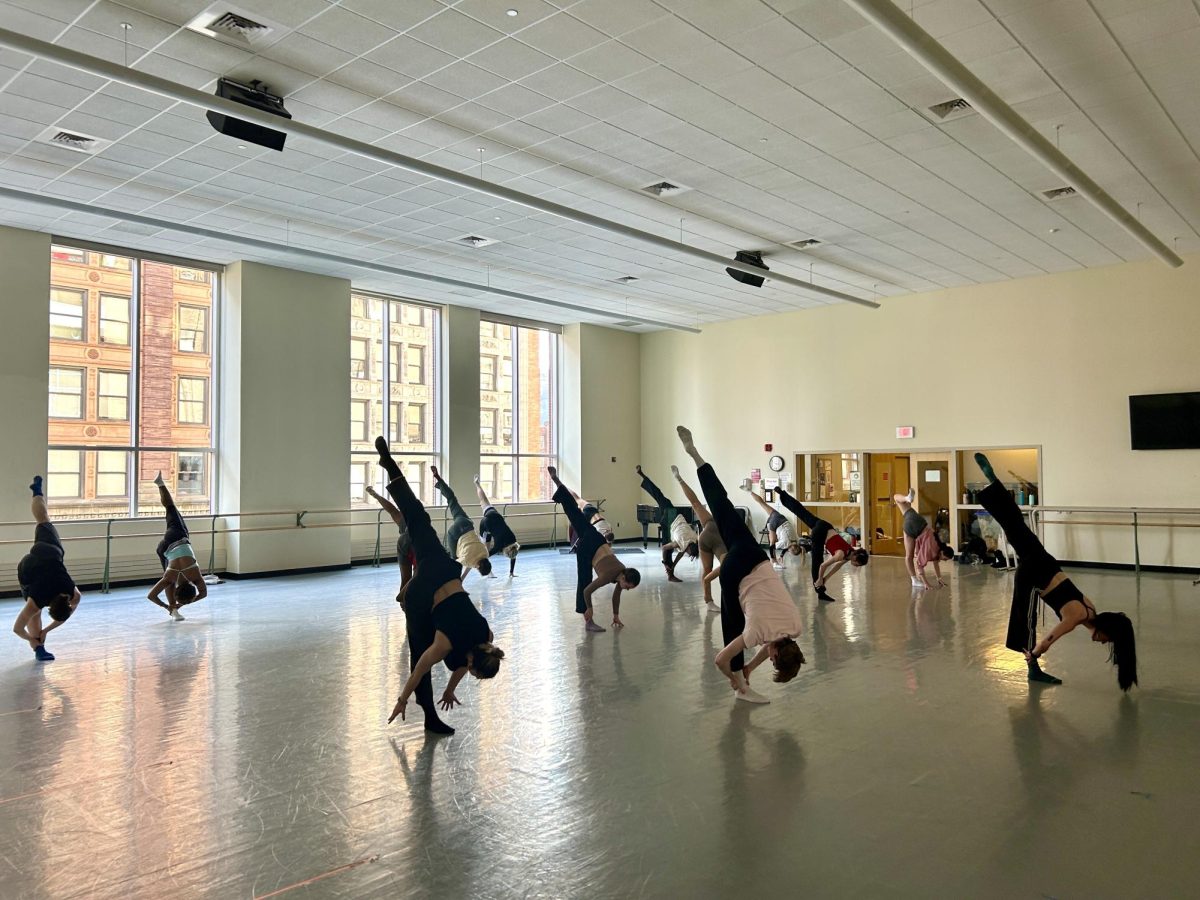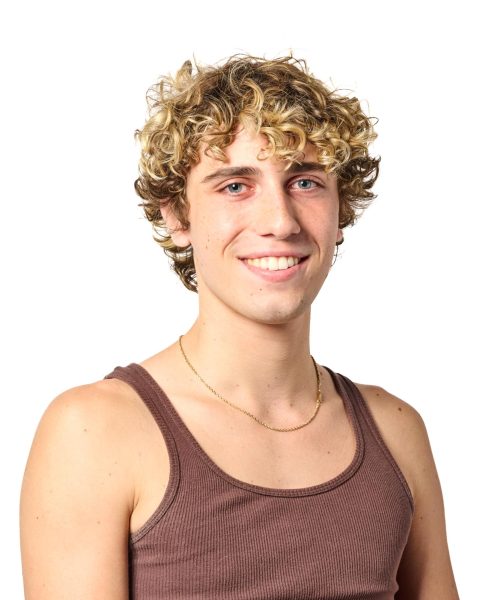The university’s dance program has once again been recognized as one of the top five dance programs nationally. While the program has previously been ranked as high as number three, this year it sits at number five.
“It’s been an honor every year that we’re in the top five nationally,” said Susan Stowe, the university chair of dance. “It’s nice to be recognized for the hard work that we do here and the talent of the students and faculty.”
The ranking is based not only on each program’s facilities and curriculum, but also on the caliber of the students, the faculty and the choreographers that are brought in, according to danceus.org, who is responsible for the rankings.
“It’s a great recruitment tool,” Stowe said. “Prospective students tend to gravitate to really great schools, so when we say we’re ranked nationally in the top three to five college dance programs they want to check us out.”
When Point Park first opened, it was a women’s business college. Eventually, it grew into a four-year college and then achieved university status. Nicolas Petrov started both the Pittsburgh Ballet Theater (PBT) and Point Park’s dance program at the same time.
Both programs grew, and PBT moved into its own building. Stowe said that the university’s dance program still maintains a relationship with PBT.
Enrollment in the university’s dance program has remained consistent for the past five years, according to Stowe. Stowe said that while the COVID-19 pandemic affected enrollment nationally, the program is back strong.
Stowe said that she is not concerned that the program’s ranking has slightly decreased.
The number of prospective students auditioning fluctuates each year, but traditionally the dance department will audition approximately 1,000 students for approximately 90 spaces for all three concentrations: ballet, modern and jazz, according to the dance program website.
Currently there are 98 freshmen, 72 sophomores, 91 juniors and 60 seniors enrolled in the program. However, according to Stowe, it’s not just about being a large number; it’s about talent, which Point Park has a lot of.
“I would happily go into a competition with any other dance program in the country and I feel we would prevail,” Stowe said. “If you just look at the sheer quality of the dancing, the quality of the choreography and the variety of styles that we can do here. I think any other school would have a hard time matching or exceeding our program. I say that with a lot of confidence.”
In a TribLive article, University President Chris Brussalis was quoted saying that the university is aiming to leverage the Conservatory of Performing Arts to attract prospective students to the university’s five other schools.
“[Dance] is our sweet spot; that’s what we do,” Brussalis said in the article.
There are new opportunities like a minor in theatrical engineering that is new as of last fall. There is also a new Master of Education degree (MEd) in dance to give dance students the ability to one day teach dance in elementary, middle and high schools, a program created in partnership with the School of Education.
“Students today, and their parents, want to follow their passions and be prepared for what happens down the road when they’re not dancing.” Stowe said. “[The MED program] gives them a foray into the educational side of the house when they’re no longer performing artists. It will give the smart and studious dancer who wants more than to just dance a whole new career path.”
This new opportunity stems from the increasing number of students in the program who are looking for opportunities outside of the performing arts. According to Stowe, almost 85% of students have taken on a self-designed minor which allows students to do just that.
Kellyn Shea, a senior dance major with a concentration in jazz, said that she has loved her time in the university’s dance program. The current senior class was the first to enter the program after the Covid-19 pandemic. However, Shea said that the university’s decision to continue offering instruction in the studio made transitioning to college during the pandemic worthwhile.
“Our program is very rigorous; our class has continued to diminish in number since [freshmen] year,” Shea said. “I believe we started as a class of 110-120 dancers and now we’re at about half that. This is a demanding program, and those numbers give a perspective as to what type of student and dancer one needs to be to survive here.”
Shea said that the professors in the program are willing to help students prepare for the workforce in any way they can. As a senior, the “Entrepreneurship in the Arts” course is a required part of the curriculum. This course prepares students for post-graduation by equipping them with the skills they need to market themselves, including resume preparation and professional website creation.
“I think Point Park being in the top five consistently in recent years is fantastic,” Shea said. “It’s one of the reasons I came here. I don’t feel like the ranking moving from three to five is much of a concern. If it were dropping to ten that would raise some alarms. I think this program is only going to get stronger.”
Shea said that due to the COVID-19 pandemic, a lot of degree requirements, such as all of the “partnering” classes, were not offered. This caused a shift in the program.
Shea said that there have also been many shifts in faculty positioning in recent years. Garfield Lemonius moved to the Playhouse. Before serving as dean and artistic director of the Conservatory of Performing Arts at Point Park University, Lemonius was professor and dance department chair in the Conservatory.
Many of his classes were taken over by Jason McDole, associate professor and modern unit director.
“Making sure everything is covered will be a big part of the future of the program,” Shea said. “The chairs of the department are doing a great job working to create an even more cohesive program for this next generation of students.”
Stowe said that the department is currently hiring three new professors in hopes to meet the needs of the program.
Mia Giovanna Kuzma, a junior ballet concentration, said she is surprised that the program’s ranking has been on a decline.
“I honestly feel it has a lot to do with image and status,” Kuzma said. “Point Park wants to appear a certain way, and it seems that in their effort to do so, their priorities have strayed.”
Kuzma said that image and appeal differs greatly from quality and consistency. However, Kuzma said she has found that the professors in the program are of great quality.
“They encourage you to have faith in yourself and your art through conversations, affirmations and consistent challenges,” Kuzma said.
Kuzma said that in her experience, you get out of Point Park exactly what you put in.
“I feel prepared for the job force because I have squeezed every drop out of the opportunities I’ve been fortunate enough to have here,” Kuzma said.
Stowe said that the proof of this program’s success is the students.
“We are training them to be working artists in their field, and they will do that when they graduate,” Stowe said. “The proof is in the pudding. The students graduate, and they work. There’s no better assessment than that.”







